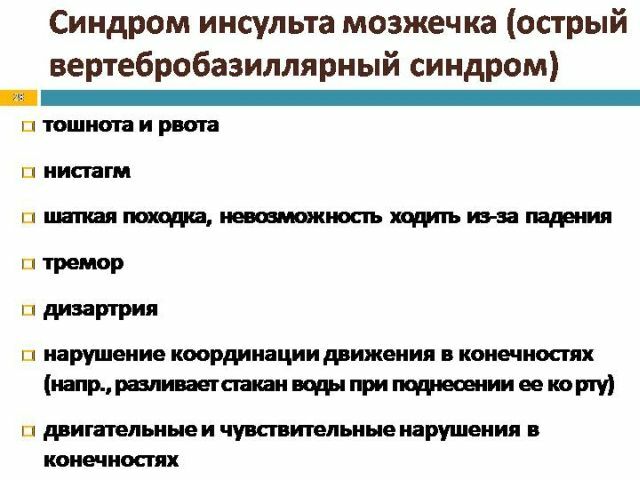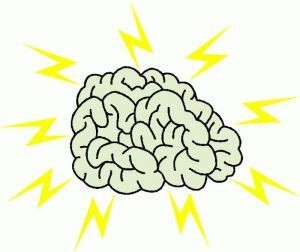Ischemic and hemorrhagic lesions of the nervous system causing serious complications leading to death. The important role played by the timely and proper treatment, including the operation of the brain after a stroke. Combined therapy helps to cope with the symptoms of the disease and save the life of the patient.

Indications for
Operation of stroke is indicated for:
- preventing an increase in necrotic areas (risk of this complication is present due to the overlapping of the arteries responsible for the blood supply to the neck and head area);
- eliminate the effects of acute stroke;
- Removal haematomas occurring after bleeding in the brain tissue;
- stroke careCaused by rupture of the aneurysm;
- eliminate the effects of blood penetration into the ventricles of the brain;
- treatment of occlusive hydrocephalus, occurs against a background of hemorrhagic lesions of the nervous system;
- eliminate severe pain syndrome, which occurs when acute ischemic stroke;
- recovery circulating liquor.
Contraindications
Surgical interventions are contraindicated in:
- presence of malignant brain tumors having a large size and multiple metastases;
- comatose states (the risk of death in the case of operation close to 100%);
- severe hypertension;
- severe neurological deficit;
- decompensated diabetes;
- migrated at least six months ago myocardial infarction;
- purulent infection of the cerebral cortex;
- old age of the patient (over 70 years);
- severe liver and kidney;
- decompensated heart failure.

What kind of operation is performed at a stroke
Choosing the type of operation stroke depends on the type of disease. Surgical treatment is aimed at restoring blood flow, prevention of recurrence of the attack, eliminating complications restoring functions of the nervous system. The decision to choose the type of intervention is taken after studying the results of diagnostic procedures.
When ischemic stroke
What types of transactions are used in cerebral ischemic stroke character
- Carotid endarterectomy. In the cervical region of incision, through which displays the carotid artery. A neck dissected and cleaned of atherosclerotic content. After scraping the vessel wall sutured. The procedure is done both under general or local anesthesia.
- Stenting. This is a safe operation, carried out in order to prevent the recurrence of ischemic injury. With a puncture in the femoral artery catheter which is moved until reaching the affected portion of the vessel. Completed the implementation of the intervention of the stent lumen extends.
- Electoral thrombolysis. It relates to minimally invasive surgical procedures. The procedure is effective when the first hours after the onset. Treatment is aimed at removing the blood clot. Via the femoral artery catheter, by means of which a region served thrombolytic stoppered.

In hemorrhagic stroke
When hemorrhagic lesions following interventions apply:
- Craniotomy. This operation is a stroke of 25% of patients. Used craniotomy to remove the hematoma large, the effects of cerebral edema and recurrent bleeding into brain tissue. With the drill bit is removed cranial fragment, solid shell dissected brain. After the elimination of bruises or bone excess fluid is returned to the original position and fix brackets.
- Clipping of the aneurysm. Through a puncture in the skin in large vessels the catheter is inserted. It moves through the bloodstream, reaching unnaturally extended portion. Tightening the aneurysm clips similar to clips. The affected area is returned to the general circulation.
The postoperative period
In stroke patients, after surgery following complications may occur in the brain:
- seizures;
- intracranial hemorrhage;
- brain edema;
- discontinuities brain tissues and blood vessels;
- bacterial infection (meningitis, meningoencephalitis);
- partial or complete paralysis;
- impaired memory and speech;
- exhaustion;
- muscle weakness;
- dementia;
- disorder of the digestive system functions;
- nausea and vomiting;
- headaches and dizziness.
Recovery from impaired blood flow takes many years. However, in the hospital after surgery, the patient spends less than 3 months. It helps to notice and eliminate dangerous complications, as well as to prevent the recurrence of stroke. Sutures are removed in 10-14 days after craniotomy operation wound heals for several months.



